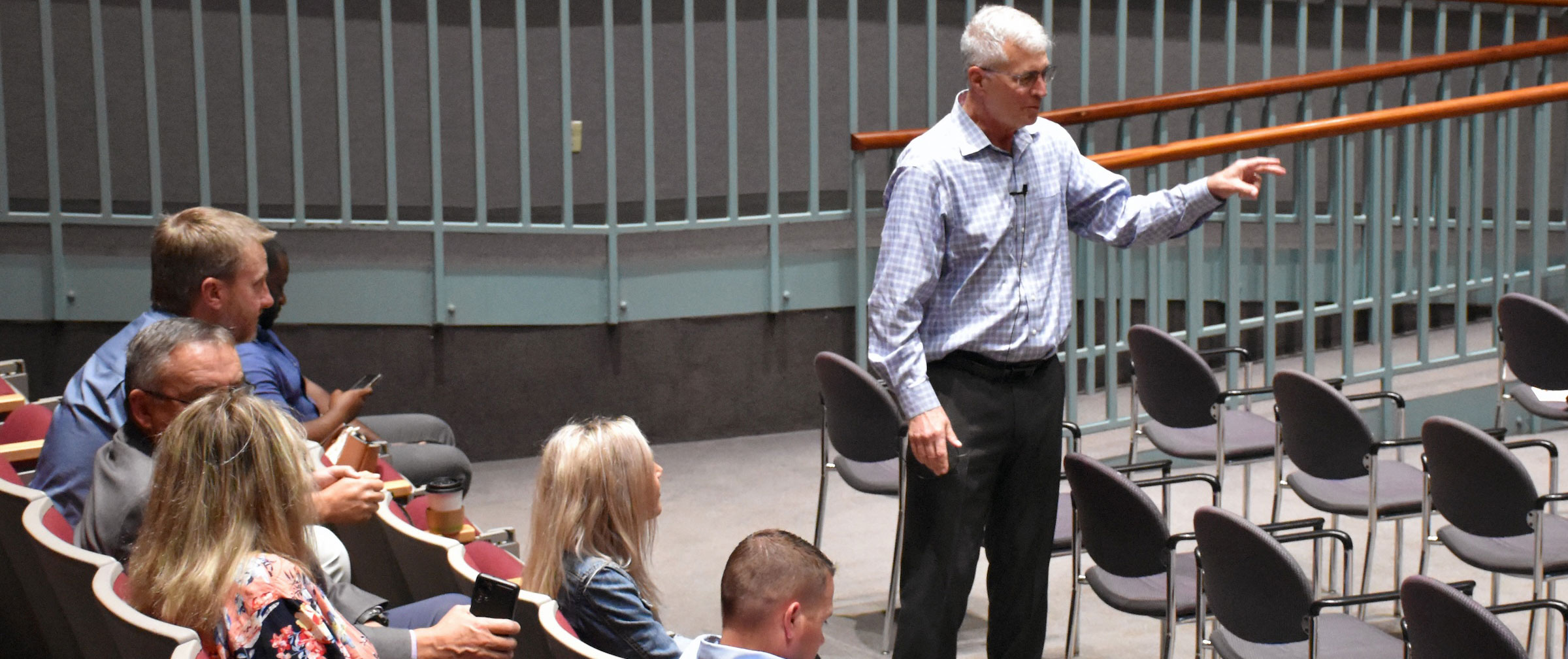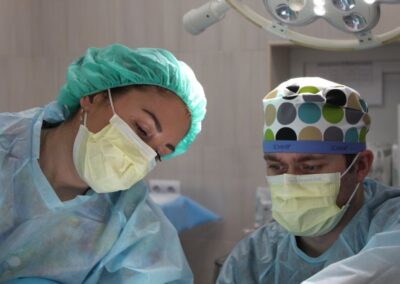I was speaking to a chief medical officer the other day who was bemoaning the fact that his corporate office had just issued a policy that he was now required to adopt at his hospital. This meant discussing the policy with the medical staff and getting their buy in to something that they really couldn’t change anyway. His concern was that this process runs afoul of the hospital’s desire for transparency and mutual involvement from the medical staff. On top of that, he told me he didn’t agree with the policy in the first place, and was concerned that his credibility, compromised to begin with, would be further damaged.
With the consolidation we are seeing today, a previously stand-alone community hospital may now have a corporate partner, usually located in a city in another part of the country. As these systems endeavor to adopt more uniform policies throughout their organizations, the individual hospitals are now put in the situation where they may be obligated to adopt a policy generated at the corporate office, in which they have had no input. As one chief medical officer told me, “We just got another corporate cram down that I have to get the medical staff on board with”.
Interesting name—corporate cram down (or CCD). But that’s just what it feels like. Call it what it is. So, what do we do? There is no doubt many of you are dealing with these CCDs. Here are some tips and pointers to manage them more effectively when you are put in the situation of my colleague above.
1. You will see more CCDs. The individual facilities need to accept that. But it’s not easy. One of the big fears about joining a system is the loss of local autonomy and the consolidation comes at a price. The CCD is tangible proof of that loss of control, and is demonstrated when one attempts to implement a CCD at the local level. Ideally, the local opinion was taken into consideration prior to the development of the CCD, but likely not. You are now put in a position of promoting an issue that was beyond your control to develop, and flies in the face of what you are attempting to do with the medical staffs in terms of transparency, teamwork, and joint governance. Unfortunately, as part of a system we have to acknowledge that we lose some local control and influence, and admit this upfront to the physicians. Acknowledge that CCDs are a part of doing business. There are pros and cons with consolidation. The intent of the CCD is to improve the outcomes of the system at large. Hopefully it will be beneficial locally. Clearly, this can be a difficult sell to the medical staff who might feel they must accept a mandate over which they have no control.
2. Standardization is important and it brings value. The concept of product consistency throughout the organization is very important for the ultimate success of the system (and for you as a part of that system). This is true in all organizations, but creates a lot of pushback with physicians today. A simple analogy I use with the physicians is the following. I have just gotten in to your town and am craving a Big Mac sandwich. I drive to your local McDonalds. Even though I have never been to that particular establishment before, I know exactly what my Big Mac should taste like. I know exactly what I am looking for, and will accept nothing less. Let’s say, for example, the local cook came up with a new idea for his personal Big Mac. That cook is not at liberty to change the recipe because the customers have a specific expectation. Changing the sandwich is a corporate decision. There can’t be 1,000 different Big Macs across the country. It was that consistency, or what some call branding, that got them my business. Standardization and branding is important in health care too. It is important that each of the hospitals embrace this process. The CCD is a way to get similar structural and operational similarities that are an essential part of that standardization, into the individual hospitals. You are no longer an independent hospital but part of a system. Systems must have internal consistencies. And that consistency brings business to the system and to you.
3. The CCD can bring best practices into your hospital. One of the true advantages of the larger system is the ability to better identify and implement national best practices. Particularly in the clinical areas, it is important that individual best practices be recognized locally and then “metastasized” throughout the system. As an individual facility, what best practices do you currently have in place, and how can you help bring these practices into the entire organization? Many times, these CCDs are truly best practices, and it raises the bar for all hospitals in the system.
4. Recognize the ability to push back if the situation is unacceptable. Although most of these initiatives have already undergone scrutiny by the corporate structure, on occasion, there may be a legitimate reason to push back or even recommend that the policy not be adopted. If the local feelings have merit, there must be a mechanism to allow this feedback up the corporate ladder. In a few cases, the CCD must be changed.
Hopefully, considering these points can help ease the pain and help your local medical staff (and administration) better deal with administering the CCD.
As always, I appreciate your feedback.




